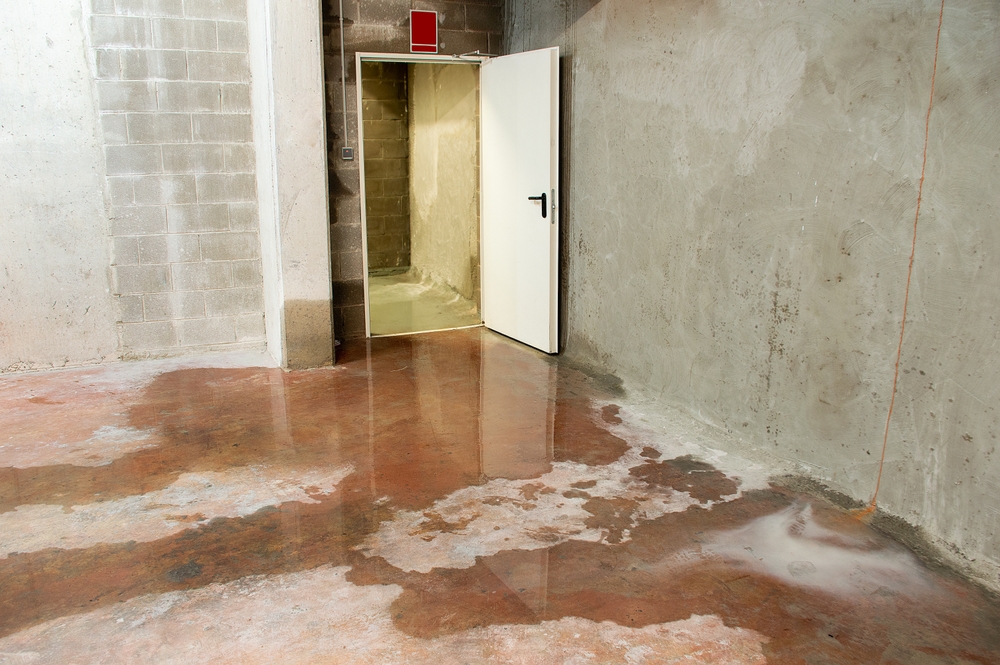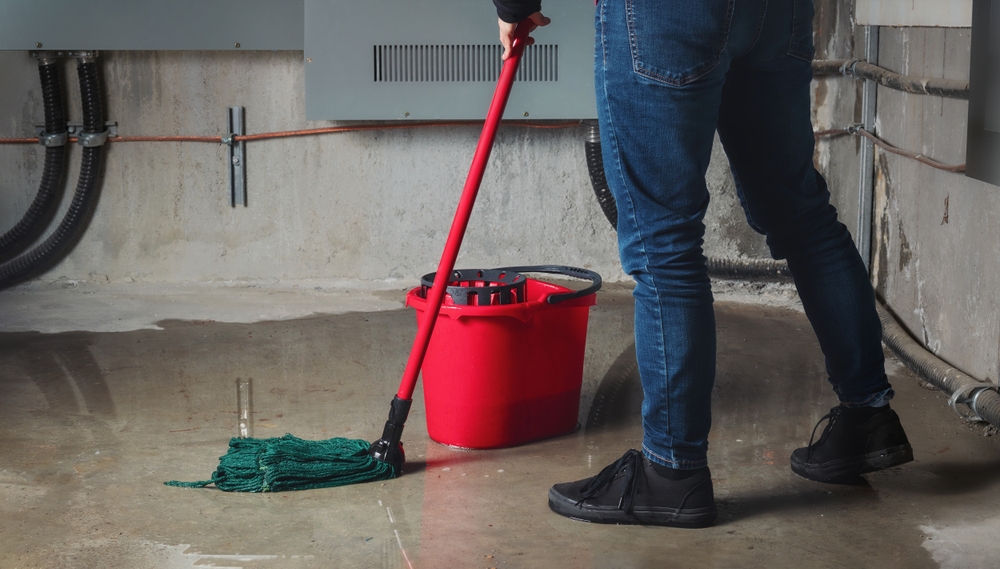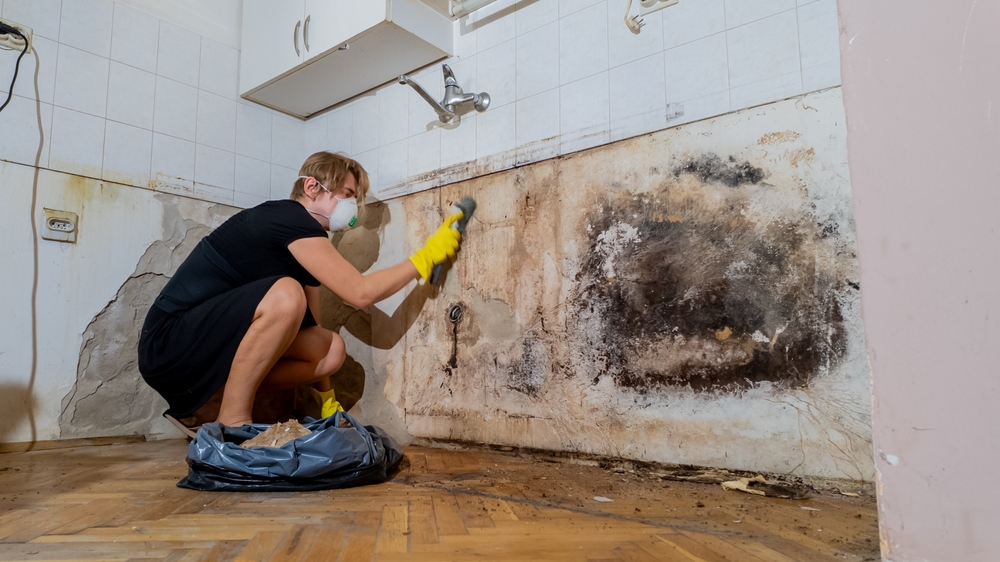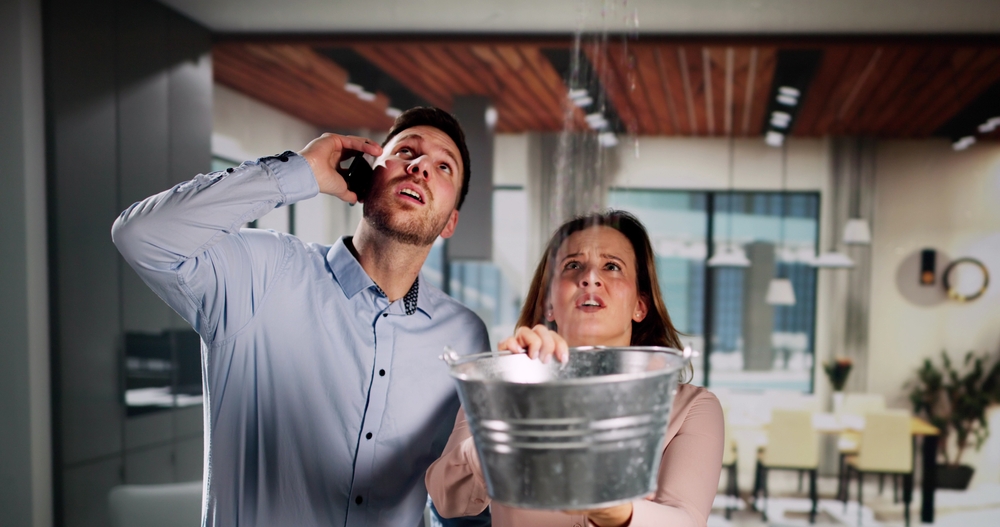The Science Behind Water Damage: How Moisture Affects Your Home
Understanding Moisture and Its Sources
Moisture is the presence of water either in things or in the air. It is present in the atmosphere as invisible gas, water vapor. Humidity in the context of the air is the concentration of water vapor. Too high humidity in the air could cause condensation and produce water droplets. Within your house, these drops can land on surfaces and objects.
There several ways that moisture can infiltrate a house. Preventive action depends on an awareness of these routes. Typical access sites are leaks, condensation, and high humidity.
Common Sources of Water Damage
- Plumbing Issues: Main causes of water damage are plumbing issues. Water leaked from pipes can go undetectably. Also causing gradual leaks—which can build up over time—are faulty fittings. Backups and overflow from blocked drains can result.
- Weather Events: Extreme circumstances of weather greatly influence water damage. Enough rain can overwhelm drainage systems and cause flooding. Similar problems can arise from snowmelt, especially in places lacking good drainage.
- Appliance Malfunctions: Water damage can also come from domestic appliances. Many times, washing machines feature leakable hoses. Malfunctions in dishwashers might let water spill on the floor.
- Condensation: Excessive humidity can cause condensation. This happens when cooler surfaces come into touch with warm, wet air. Bad ventilation worsens this issue by retaining moisture within the house.
- Ground Water: Still another frequent problem is rising moisture. Hydrostatic pressure can drive water up the foundation. Serious moisture issues in basements and crawl areas could follow from this.

The Science of Water Damage
Hygroscopic Materials: Some of the items in your house are hygroscopic—that is, they can draw environmental moisture. Among common hygroscopic materials are insulation, drywall, and wood. These compounds alter physically when they absorb moisture.
Under moisture, for instance, wood might swell, twist, or break. Weakening and loss of structural integrity in drywall could cause sagging or collapse. Insulation could lose its efficiency, so affecting the energy economy of your house.
Absorbing moisture can have really serious effects. Extended exposure could cause structural damage and mold development, therefore endangering the safety of your house.
Mold Growth: Mold thrives in particular conditions. Effective development depends on moisture, temperature, and darkness. Usually found in moist corners, basements, or poorly ventilated spaces, these diseases can strike anyone.
There are really serious health hazards connected to mold exposure. Mold spores can set off respiratory issues and allergies. Those with compromised immune systems or asthma may be especially sensitive. Any mold problems should be taken care of right once since inhaling mold spores might cause chronic diseases.
Structural Damage: Water can weaken your house’s structural components. For example, extended wetness can lead to decay of wood. This undermines the stability of other important components such beams and joists.
Water damage might also create foundation problems. Too much rain might cause the ground around your house to shift and settle. This could cause floor and wall fissures, therefore creating safety concerns. Extreme circumstances can impair the structural integrity of your house, therefore causing possible collapse.
The Impact of Water Damage
Health Impacts: Water damage’s effects on health are rather broad. Mold can aggravate allergies and asthma as well as other respiratory conditions. People could cough, have shortness of breath, or wheezing. Also possible are skin irritations from mold spore contact.
Moreover, water damage could cause headaches and long-term diseases. Mold and dampness can help to explain general poor health. To safeguard your well-being, then, it is imperative to minimize water damage.
Safety Hazards: Damage from water poses many safety risks in your house. One of main issues is electrical risks. Short circuits brought on by water could cause possible electrocution. Water leaks around appliances and outlets must be immediately addressed.
Water damage raises slip- and fall hazards as well. In places like restrooms and kitchens especially, wet surfaces can cause mishaps. Still another major safety hazard is structural instability. A compromised construction might cause collapses or other hazardous events.
Financial Costs: Water damage restoration has rather significant cost consequences. Above all, water damage can cause major depreciation of property value. Signs of past problems sometimes discourage potential buyers, which reduces offers.
Correcting water damage can be expensive. Materials replacement, building integrity restoration, and mold growth control could all be included expenses. Moreover, past claims about water damage could cause homeowners to pay more in insurance. Prevention is absolutely vital since the financial load can be unbearable.
Preventing Water Damage
Regular Inspections: Preventing water damage depends much on regular inspections. Homeowners should constantly look for leaks in plumbing systems. This covers looking over faucets, pipelines, and fittings. Early identification of problems can help to save major later repair expenses.
Inspections of the roof and gutters are equally vital. Frequent gutter cleaning reduces overflow, therefore preventing damage to foundations and roofs.
Homeowners should also keep up their appliances. Frequent hose and connection inspections help to stop dishwasher and laundry machine leaks.
Improving Ventilation: Another very important preventive measure is enhancing the ventilation in your house. In kitchens and bathrooms, using exhaust fans helps lower humidity levels. For best effectiveness, these fans should be vented outside.
Correct attic and crawlspace ventilation is also crucial. Stagnant air can catch moisture, causing condensation and mold development. To properly control humidity, homeowners might think about adding a whole-house dehumidifier.
Controlling Humidity: Preventing water damage depends critically on control of indoor humidity. Dehumidifiers and air conditioning systems assist control moisture content. These appliances eliminate extra humidity, so preventing mold from proliferating.
Reducing indoor humidity levels should also be proactive behavior of homeowners. Little habits like covering pots while cooking and drying garments outside can have a difference.
Addressing Landscaping Issues: Prevention of water damage depends in major part on landscaping. Ground grading around your foundation moves water away from your house. This little adjustment can help avoid growing damp problems.
Maintaining gutters and downspouts is also crucial. Make sure they are free from trash and in good operating order. Downspouts should run several feet out from the foundation to avoid water gathering close to your house.

Conclusion
All things considered, homeowners must first grasp the science of water damage. Many different sources of moisture can infiltrate your house and cause major problems with finances, safety, and health. Water damage affects many different aspects, hence it is imperative to solve any problems right away.
Protection of your house depends mostly on early identification and proactive prevention. Improved ventilation, frequent inspections, and humidity management help to reduce water damage hazards. These actions help homeowners to protect their property and guarantee a good living environment.
Call to Action
See a professional for water damage restoration right away if you believe your house has water damage. Quick response helps to stop more damage and preserve your property value. To be ready for any possible water damage problems, also look at nearby resources such contractors and insurance details. By following these guidelines, one can create a safer and healthier household.
Philadelphia Restoration Services
https://www.google.com/maps?cid=3399342399556699153
+1 267 668 0013
https://philadelphiarestorationservices.com/


